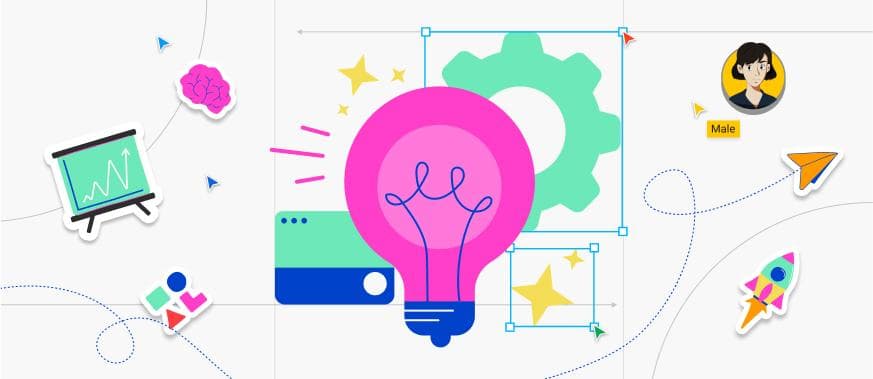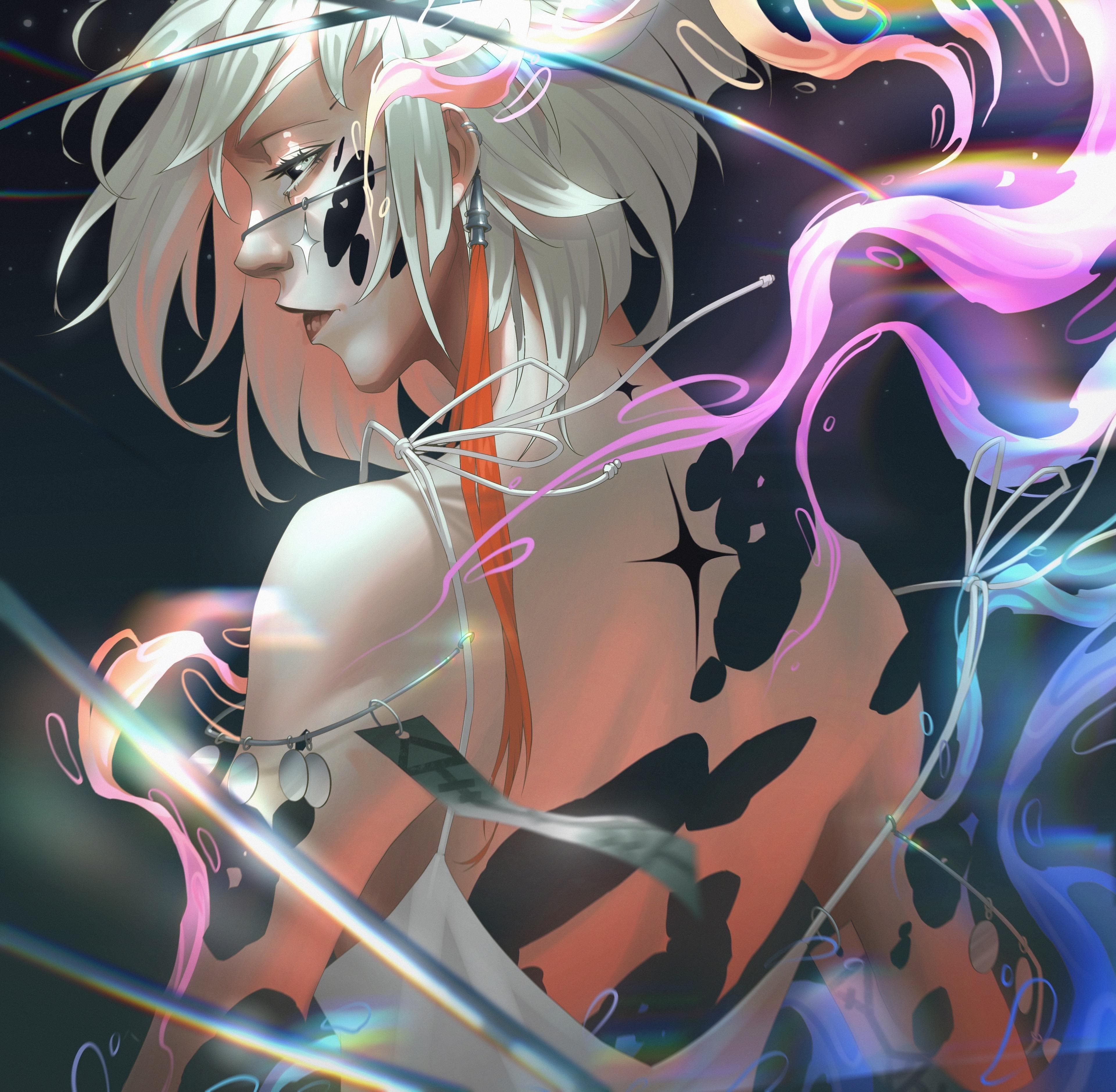Unleashing Creativity and Innovation in Product Development
The Power of Integration: Unleashing Creativity and Innovation in Product Development
Introduction: In today's rapidly evolving digital landscape, successful product development requires a multidisciplinary approach that combines the best practices from various methodologies. By integrating design thinking, lean startup, agile, business strategy, and UX, organizations can unlock new levels of creativity, innovation, and user-centricity. In this article, we'll explore how these methodologies can be synergistically combined to enhance the product development process and drive business success.
Understanding the Foundations: To embark on this integration journey, it's important to have a solid understanding of each methodology's core principles. Design thinking emphasizes empathy, human-centeredness, and iterative problem-solving.
Lean startup promotes experimentation, rapid prototyping, and customer validation.
Agile focuses on collaboration, adaptability, and incremental delivery. Business strategy aligns product goals with overall organizational objectives.
UX design ensures user satisfaction and seamless interactions. With these foundations in place, you're ready to explore their integration.
Putting the User First: At the heart of this integration lies the user. Design thinking provides the tools to deeply understand users' needs, desires, and pain points. By incorporating UX design practices, such as user research, personas, and user journey mapping, you gain invaluable insights to drive product development decisions. This user-centric approach ensures that your product resonates with the target audience and delivers meaningful value.
Lean Startup and Agile Iteration: The lean startup methodology encourages experimentation and rapid iteration. By embracing agile principles, such as user story mapping, sprint planning, and continuous delivery, you can translate ideas into tangible products efficiently. Agile practices enable cross-functional collaboration, adaptability to changing requirements, and early user feedback. This iterative cycle, combined with the lean startup mindset, allows you to validate assumptions, refine your product, and pivot when necessary.
Aligning with Business Strategy: While user-centricity is crucial, it's equally important to align your product development efforts with the overarching business strategy. Business strategy provides a framework for identifying market opportunities, understanding competitors, and defining the value proposition. By integrating business strategy into the product development process, you ensure that your efforts are aligned with organizational goals, market demands, and financial objectives.
Creating a Collaborative Ecosystem: Integrating these methodologies requires fostering a collaborative ecosystem where different disciplines work together seamlessly. Encourage cross-functional teams comprising designers, developers, product owners, and business strategists. Promote open communication, knowledge sharing, and a shared understanding of the vision and goals. Embrace agile ceremonies, such as daily stand-ups and retrospectives, to foster collaboration, transparency, and continuous improvement.
Continuous Learning and Evolution: The integration of these methodologies is not a one-time event but an ongoing journey. Embrace a culture of continuous learning, experimentation, and adaptation. Encourage feedback loops, data-driven decision-making, and user testing at every stage. Regularly revisit and refine your product strategy based on market changes, user feedback, and business goals. This iterative approach ensures that your product remains relevant, innovative, and competitive.
Expanding Your Toolkit: In addition to design thinking, lean startup, agile, business strategy, and UX, there are several other tools and methodologies that can further enhance your product development process. Consider integrating tools such as prototyping and wireframing tools (e.g., Figma, Sketch), user testing and feedback platforms (e.g., UsabilityHub, UserTesting), product analytics and tracking tools (e.g., Google Analytics, Mixpanel), customer journey mapping tools (e.g., Smaply, UXPressia), A/B testing and experimentation platforms (e.g., Optimizely, VWO), project management and collaboration tools (e.g., Trello, Asana), and design system and component libraries (e.g., Storybook, Zeroheight). These tools can provide valuable insights, streamline workflows, and support collaboration within your product development teams.
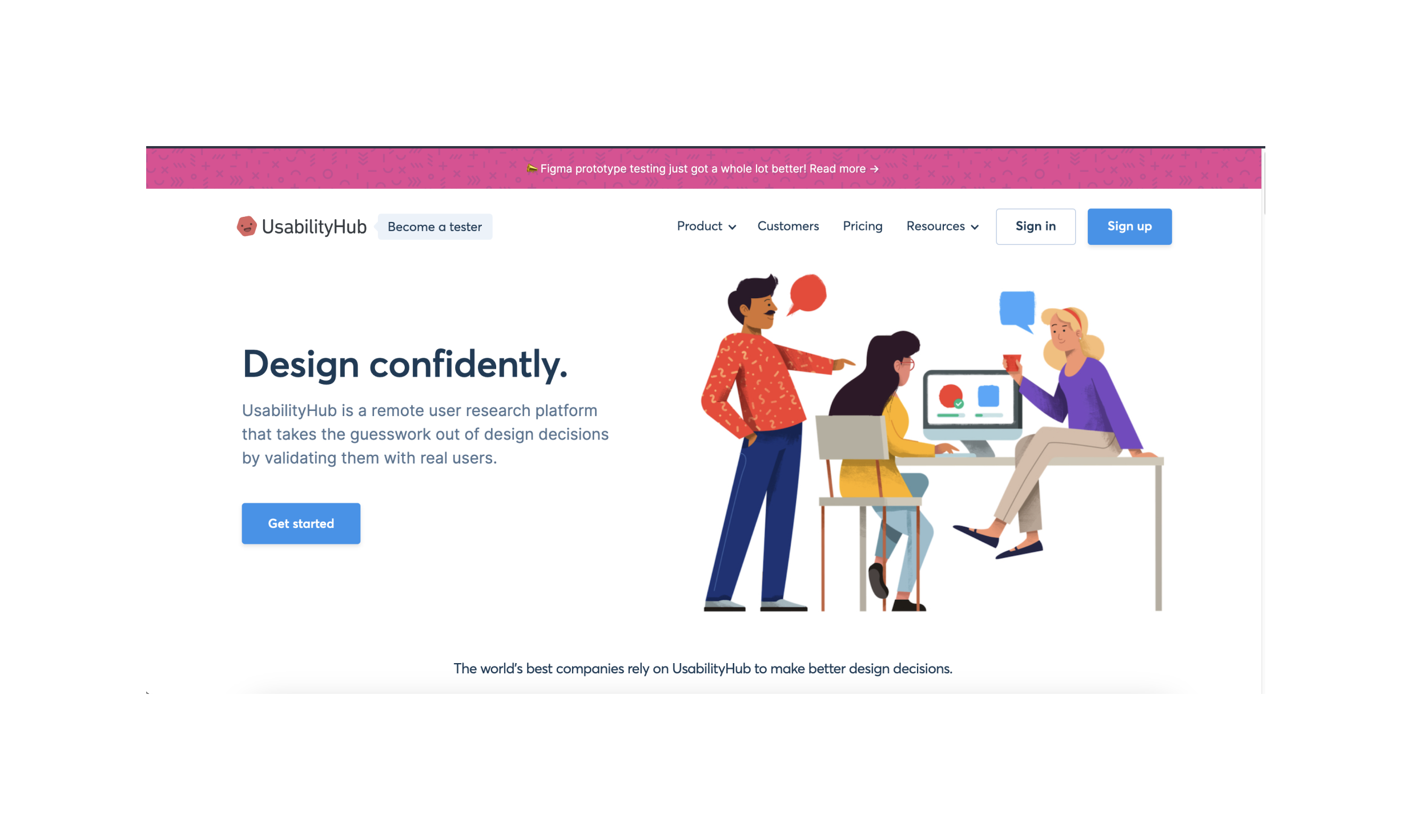
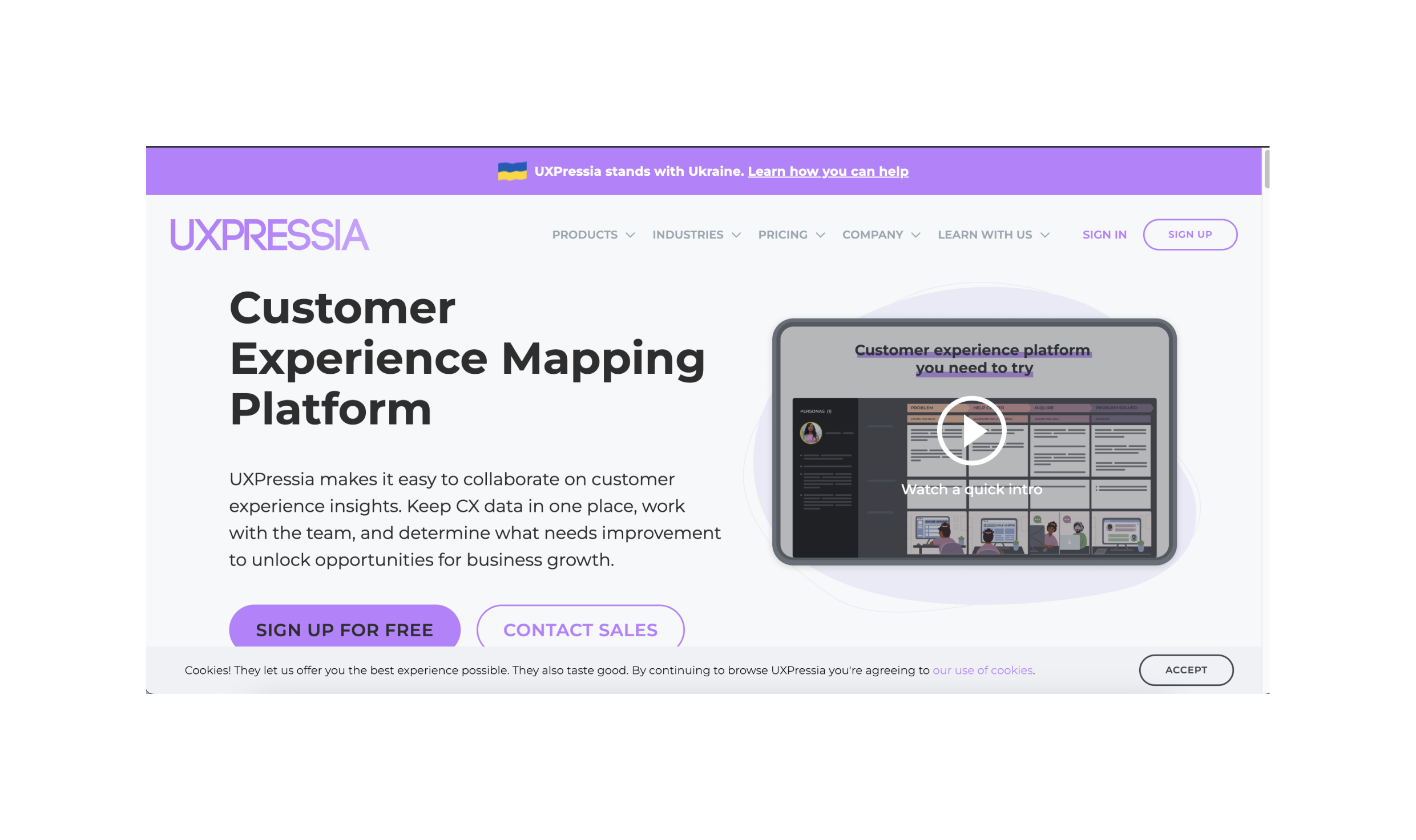
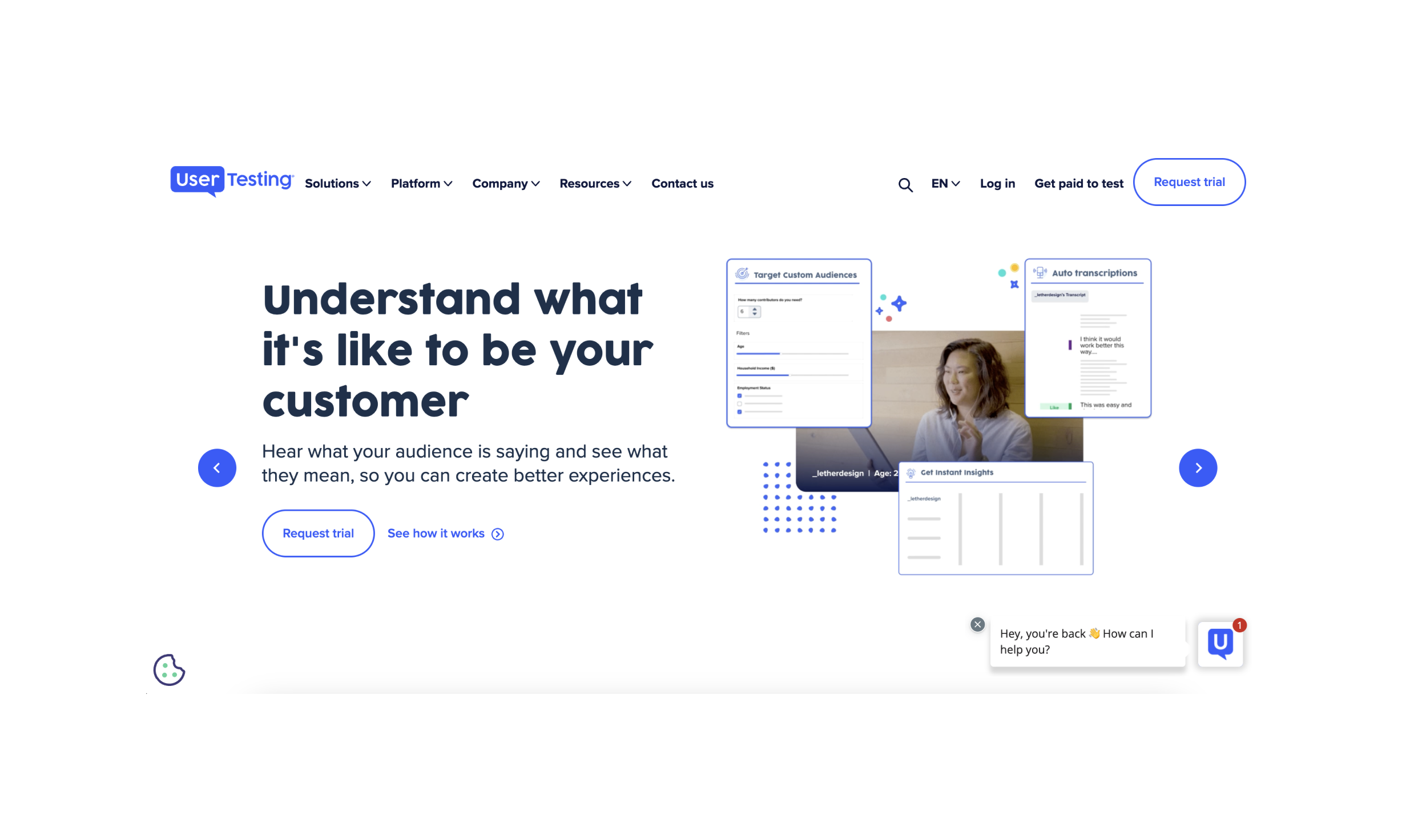

The integration of design thinking, lean startup, agile, business strategy, and UX creates a powerful framework for product development that combines user-centricity, innovation, and business success. By leveraging the strengths of each methodology and incorporating additional tools and methodologies, organizations can unlock new levels of creativity, efficiency, and customer satisfaction. Embrace this holistic approach, continuously explore new tools, and tailor the integration to your specific context and needs. With experimentation, learning from failures, and continuous evolution, you can unleash the full potential of your product development efforts and stay ahead in today's dynamic market landscape.
FLAMBEE
Let's kick off your next project together!
team@flambee.co
The text and graphic content of the website belongs to Flambee and cannot be used by other resources without our permission and without the link to the source.

